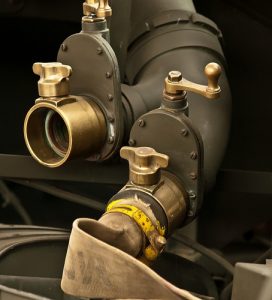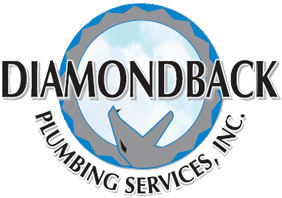The plumbing systems in a typical house are designed to only withhold a maximum pressure of about eighty PSI. More often than not, the pressures that are transferred from the government water pipes hit more than a hundred PSI. This is a big problem and a threat to a residential plumbing system. This is why having a Pressure Reducing Valve (PRV) in your unit, is very important, to save your plumbing system from incurring costly damages in the long run.

How does the PRV work?
The PRV works with a built-in spring which is pre-adjusted to a standard level of pressure and can be applied to its fellow component, the disc. So, when your plumbing system is hit by high pressures from the main water source, the disc uses power from the pressure imposed by the spring to withstand the high water pressures. This then goes on to allow a certain limited amount of water to gush through the pipes. Adjusting the water volume helps to keep the water pressures low as well.
When your PRV starts to give way, you can notice that the water pressures in your house start to become different. But remember that the water pressures in your house can also increase if your water heater has been heating the water up.
Your water heating system
When your water heaters heat the water up, it expands and that means that the water needs more space to occupy. However, the water is contained in a fixed space and the compression causes the pressure to go up in your water system. With time, the increased pressures can cause lots of problems in your plumbing system. One of the most common problems is your Pressure Release Valve failing. The PRV on the side of your water heater might begin to leak due to its failure and this water leakage can seep into your water heater’s exhaust system and damage it. This might cause your water heater to become faulty.
More on the science behind heating water
As we mentioned before, heating water makes it expand. For example, heating up fifty gallons of water past its boiling point causes the water’s volume to increase up to two whole gallons. That’s a significant increase in volume and thus pressure, given you are trapping all the water in a container size that is unable to accommodate the increased water volume.
This is the same situation that is occurring in your house and its plumbing system if you do not have a thermal expansion tank in your unit which is connected to your water heater. These thermal expansion tanks are fitted with a flexible bladder bag inside which can be compressed by the increasing volume of water when it is being heated. Don’t worry if your pressure release valve on the end of the water heater has already failed and has started leaking. Because fitting in a good quality thermal expansion tank at this point can still salvage your water heating and plumbing system well in time.
Remember the essential function of your PRV
Whenever you feel that the water pressure in your house is going higher through your taps, tubs, or showers, remember to check your water pressure and PRV as the first thing. The most common reason why your entire water system’s pressure goes up is because of a failing PRV. It is much easier to diagnose a failed PRV and to get that repaired rather than to get a plumber to strip your entire water system out to check where the problem is. Moreover, diagnosing a failed PRV early will prevent the damage from going further onto other parts like your bathtubs, shower valves, and taps. Getting those damages diagnosed and repairing them would cost you a lot more than fixing your PRV.
Water pressure is subjective
What one person thinks is a little bit of water, might be a lot for someone else. Since the matter of water pressure is so subjective, it is important to define the level of water pressure on equal and reasonable grounds. This is even more important for personnel such as water inspectors, who need to have a standardized way of measuring water pressure. This is why water pressure gauges are used so that a single tool can act as a standardized way of measuring the pressure.
Water pressure gauges are simple tools to use and bring around. This is not necessary for homeowners per se but is really handy for people like water inspectors. For homeowners, it might be trouble to get hold of a water pressure gauge and learn how to use it. But these water pressure gauges come at quite a cheap price of about ten dollars or less.
If you do get yourself one of these water pressure gauges, remember that the number you should be seeing should be from 40 to 80 PSI, which is the unit for water pressure. PSI means pounds per square inch. Also, remember that one of the easiest ways you can check the water pressure is by getting your water pressure gauge screwed onto the outside of any of your water taps.
But anything more than this can be sorted out by your local plumber (Diamondback Plumbing). Remember not to freak out when your water system has a problem and call us at Diamondback Plumbing for all your plumbing needs.
